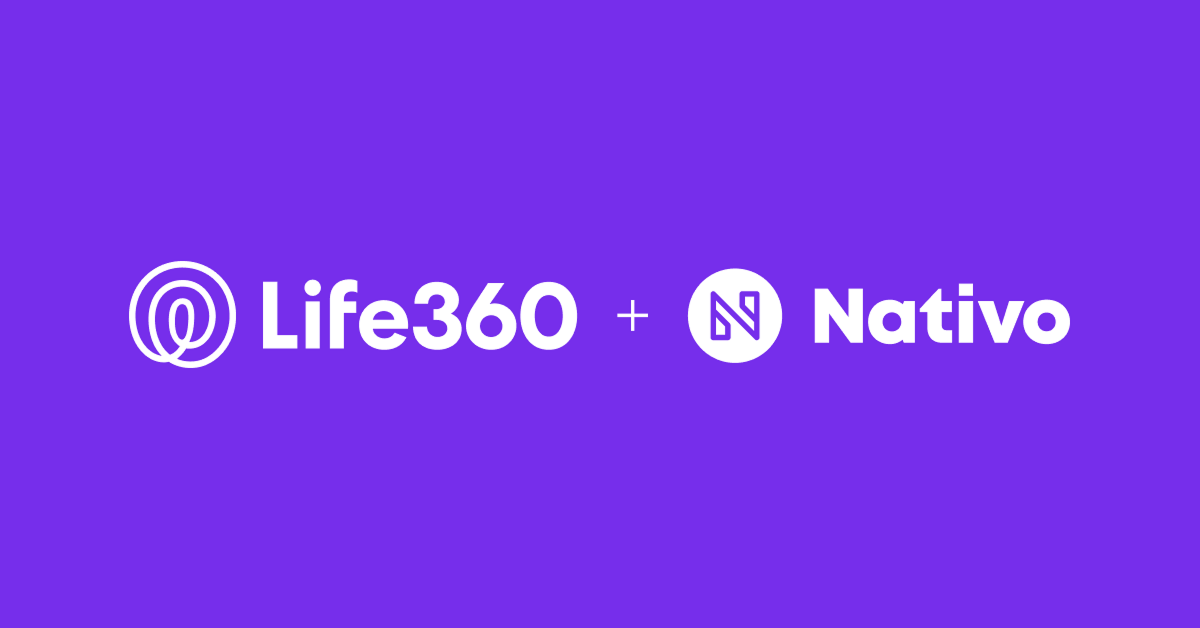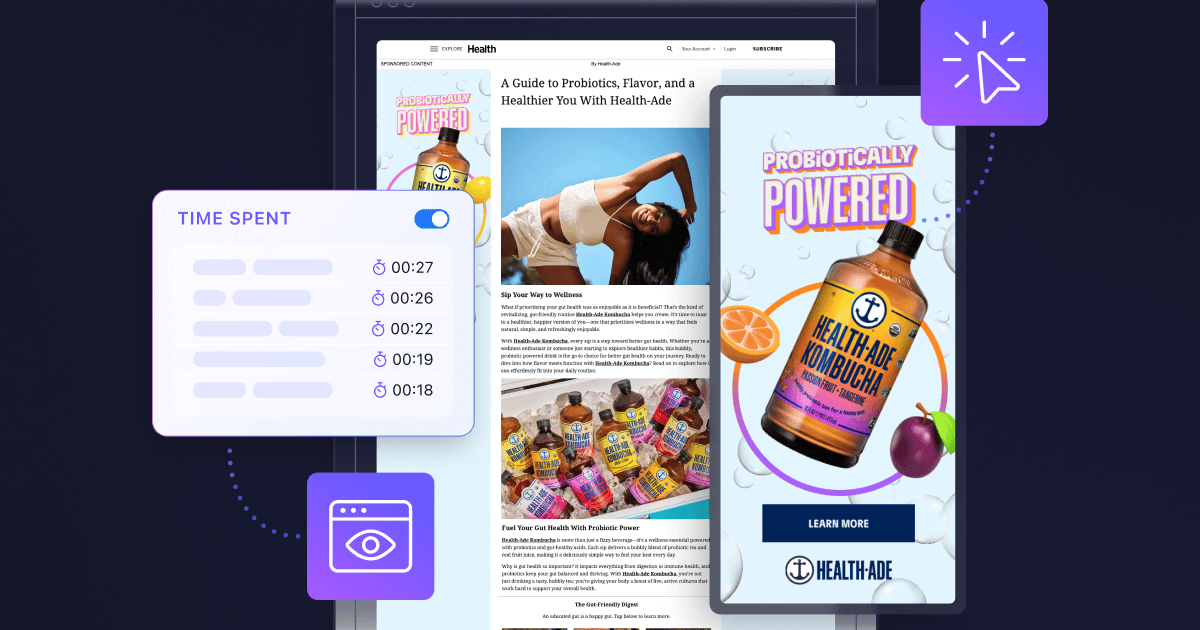What Trends Will Shape Retail Media by 2030?

With a growth rate of 21.8 percent, the retail media space is growing faster than almost any other form of ad spend. But is such growth sustainable? And will the retail media networks of 2030 look like the ones of 2024?
A lot can change in just a few years when a space is as dynamic as retail media. As the competitive landscape evolves, retail media networks and their offerings will undergo significant transformations. Here’s a look at the trends that are expected to shape the retail media landscape over the next several years.
1. Retail Media Growth Will Continue.
Retail media is on an upward trajectory, and it’s unlikely to slow down by 2030. Fueled by the demand for targeted advertising and first-party data, retail media’s projected growth is both substantial and sustainable. Brands are finding immense value in leveraging retail networks to connect with high-intent shoppers, and retailers are discovering new revenue streams in the process.
As more brands shift budgets toward retail media, platforms will continue to expand their offerings and capabilities to meet demand. This growth will reinforce retail media’s importance in the digital advertising ecosystem, making it a staple of marketing strategies for years to come.
2. More Niche Networks Will Emerge.
As retail media grows, niche networks tailored to specific industries and consumer segments will become more prominent. While Amazon, Walmart, and other giants dominate today, smaller, specialized retail media networks are expected to emerge, focusing on areas like luxury fashion, home improvement, or eco-friendly products.
These niche networks will provide brands with targeted environments where they can engage audiences who are highly interested in specific products and categories. By appealing to particular consumer interests, these networks will help brands foster deeper connections with shoppers and offer unique advertising opportunities not available on broader platforms.
3. Smaller Networks Will Join Forces.
In response to the dominance of larger players, smaller retail media networks will need to merge or collaborate to create more comprehensive platforms. By combining resources and data, these networks can provide advertisers with a larger audience and more robust insights, making them more competitive with major retail media giants.
Such alliances will also offer advertisers increased flexibility and reach, without having to rely solely on the biggest platforms. For instance, two non-competitive regional grocery chains might collaborate to share data and expand their media offerings, allowing national brands to reach more consumers with a streamlined buy.
4. Off-Site Retail Media Ad Spend Will Skyrocket.
By 2030, spending on off-site retail media ads will see significant increases. In 2024, retail media advertisers are spending nearly identical amounts on-site and off-site display ads. In the coming years, off-site retail media spending will skyrocket as advertisers seek to reach consumers across a broader array of digital touchpoints. According to eMarketer, off-site retail media display ad spending will grow 163.6 percent between 2024 and 2028, when it will reach $28.05 billion.
By running ads on third-party sites that direct consumers back to retailer websites, brands can engage shoppers even when they’re not actively browsing retail platforms. Off-site ads offer brands the ability to reinforce their messaging and maintain a presence throughout the consumer’s digital journey, ultimately leading to more effective retargeting and conversion efforts.
5. Retail Media Ad Formats Will Diversify.
As retail media networks grow, the range of available ad formats will continue to diversify. While traditional banner ads and search ads remain staples, more innovative formats such as native content units, shoppable videos, live streams, and augmented reality experiences will become mainstream by 2030.
These diverse formats allow brands to create richer and more interactive ad experiences that cater to different consumer preferences. For example, a beauty brand could use augmented reality ads to let consumers virtually try on products, while a furniture retailer might leverage shoppable videos to showcase room makeovers.
6. Advertisers Will Focus on the Fuller Funnel.
By 2030, retail media will likely shift toward a fuller funnel approach, emphasizing mid-funnel and content-driven formats. While retail media has traditionally focused on lower-funnel tactics, such as driving conversions, there will be a growing emphasis on building awareness and consideration.
Content-driven formats like sponsored articles, educational videos, and product reviews will play a crucial role in this strategy, helping brands establish connections with consumers before they’re ready to buy. The mid-funnel focus allows brands to nurture potential customers, building brand affinity and trust long before the conversion stage. By investing in formats that serve the entire funnel, advertisers can create a more cohesive and impactful retail media strategy.
The retail media landscape of 2030 will be a far cry from what we know today. As growth continues, the way brands connect with consumers will become increasingly sophisticated. With a fuller-funnel focus and a blend of on-site and off-site strategies, retail media will evolve into a comprehensive digital advertising channel that supports every stage of the consumer journey.

.jpg)


